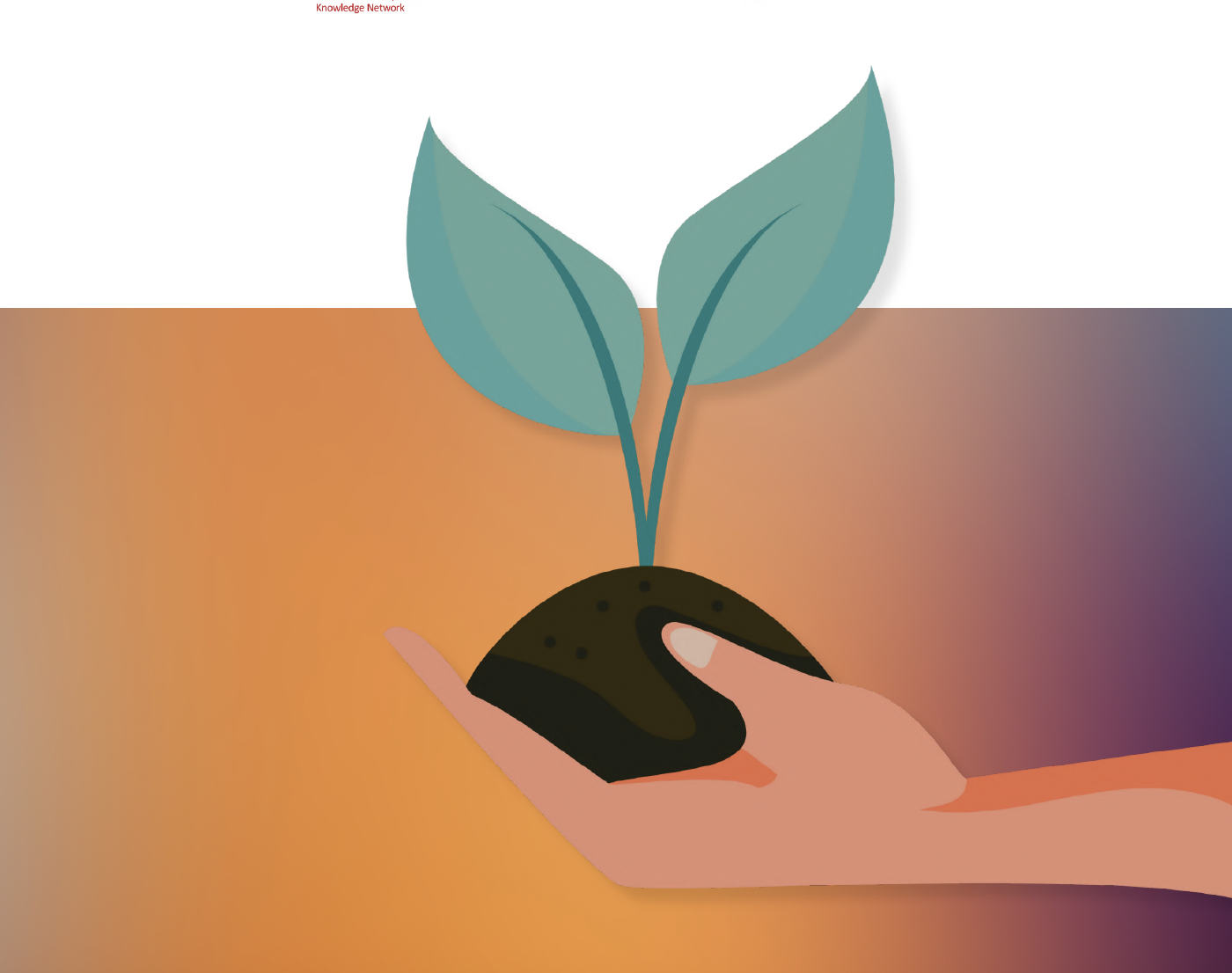The widespread use of protective covers in horticulture represents a novel landscape-level change, presenting the challenges for crop pollination. Honeybees (Apis mellifera L) are pollinators of many crops, but their behavior can be affected by conditions under cover. To determine how netting crop covers can affect honeybee foraging dynamics, colony health, and pollination services, we assessed the performance of 52 nucleus honeybee colonies in five covered and six uncovered kiwifruit orchards. Colony strength was estimated pre- and post introduction, and the foraging of individual bees (including pollen, nectar, and naïve foragers) was monitored in a subset of the hives fitted with RFID readers. Simultaneously, we evaluated pollination effectiveness by measuring flower visitation rates and the number of seeds produced after single honeybee visits. Honeybee colonies under cover exhibited both an acute loss of foragers and changes in the behavior of successful foragers. Undercover, bees were roughly three times less likely to return after their first trip outside the hive. Consequently, the number of adult bees in hives declined at a faster rate in these orchards, with colonies losing on average 1,057 ± 274 of their bees in under two weeks. Bees that did forage under cover completed fewer trips provisioning their colony, failing to reenter after a few short-duration trips. These effects are likely to have implications for colony health and productivity. We also found that bee density (bees/thousand flowers) and visitation rates to flowers were lower undercovers; however, we did not detect a resultant change in pollination. Our findings highlight the need for environment-specific management techniques for pollinators. Improving honeybee orientation under covers and increasing our understanding of the effects of covers on bee nutrition and brood-rearing should be primary objectives for maintaining colonies and potentially improving pollination in these systems.
Netted crop covers reduce honeybee foraging activity and colony strength in a mass flowering crop
Year: 2019
































































































































































































































































































































































































































































































































































































































































































































































































































































































































































































































